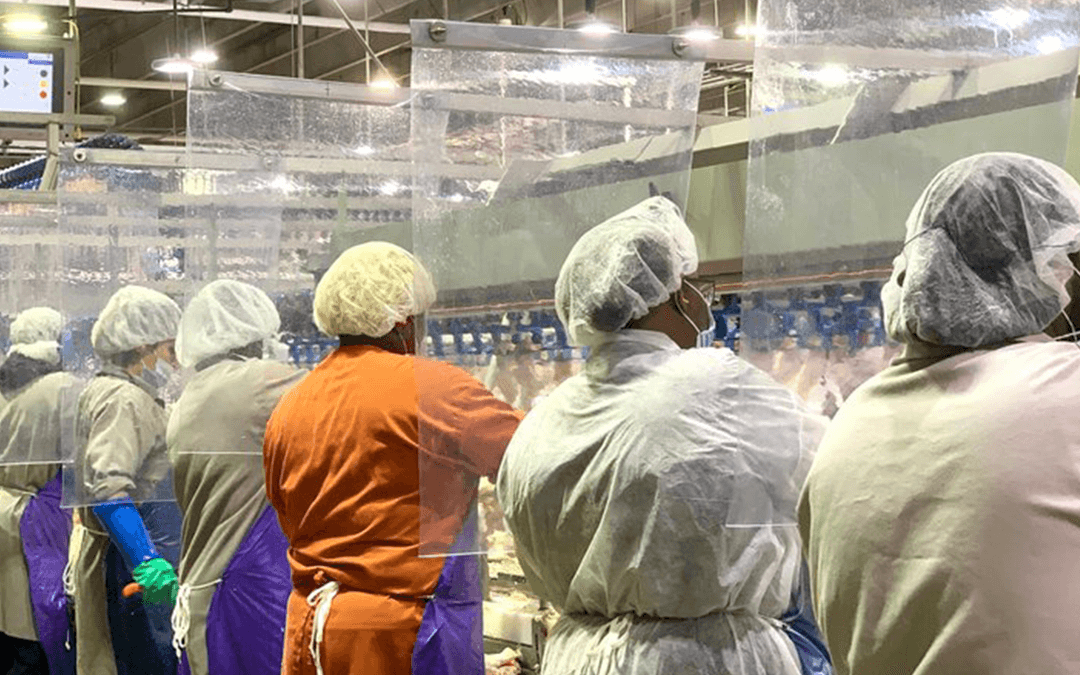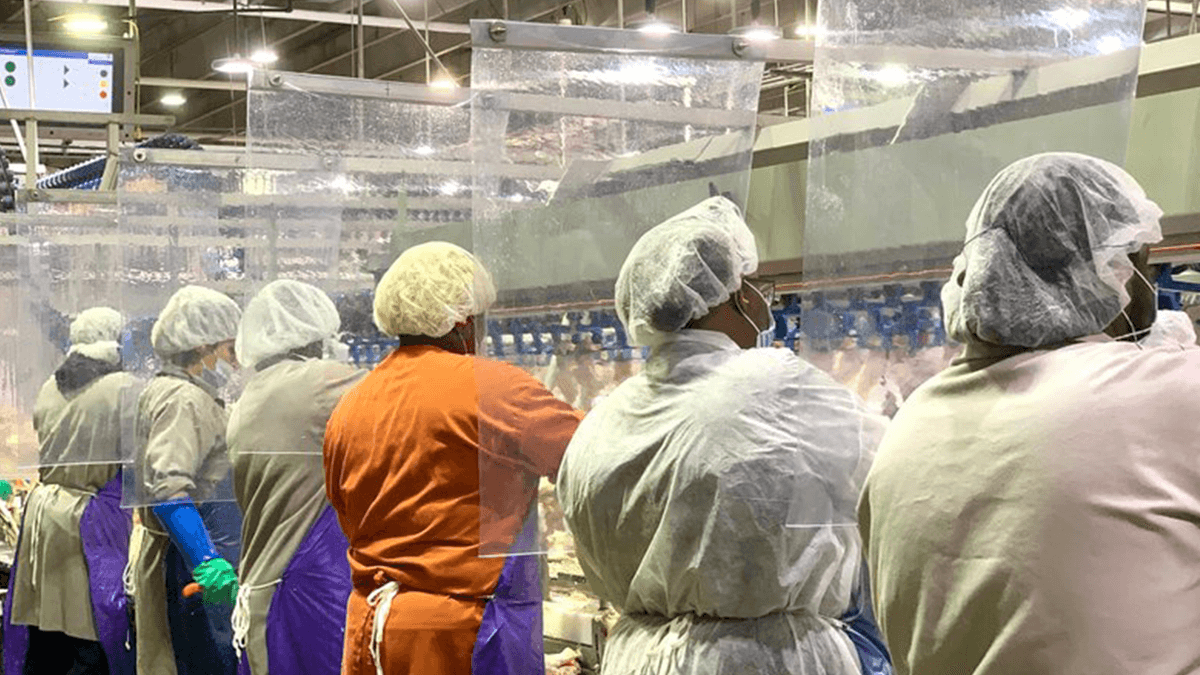Manual contact tracing and social distance monitoring can be expensive. Companies have spent thousands of dollars reallocating labor, especially management, to the task of social distance monitoring. It can cost a company hundreds of dollars per day for the time, effort, and personnel needed to monitor the workspace. Often, upper-level managers have to take time out of their days to monitor where people are working and record every possible contact. And, as discussed in a previous blog post, manual contact tracing does not effectively mitigate the potential for a shutdown, as the collected data is often unreliable. The best way to perform contact tracing and social distance monitoring utilizes automated data collection and analysis.
What is Manual Contact Tracing?
Manual contact tracing involves one employee, or a group of employees, determining who had close contact with an infected colleague. It relies on the infected employee remembering exactly who they had contact with 48 hours before testing positive, even if they brushed by someone in a hallway or had a short conversation at the water fountain. Then, the employer must interview those close contacts. This process is highly labor-intensive, and accuracy depends on employees’ diligence to remember and record their activities.
What is Manual Social Distance Monitoring?
Manual social distance monitoring is when a team of employees monitors and ensures that workers are practicing social distancing, wearing PPE, maintaining personal hygiene, and not coming to work when sick. Some companies are requiring employees and their supervisors to record the daily activities and movements of their workforce. This monitoring is difficult to achieve on a continuous, real-time, building-wide basis as manual monitoring can only be periodic and occurring within a specified area.
What are the Costs of Manual Distance Monitoring?
These costs come out to $390 per day and per work area/entry point. When multiplied by 31, the total cost equals $12,090 per month per work area. If one worker did all four of these functions, the cost would be $120 per day and $3,720 per month. Regardless of the number of workers performing a task, the totals still underestimate the true cost of social distance monitoring. There are many hidden costs.
Taking into account these hidden costs, there is an additional $135/day variable cost, or $4,185 per month. Adding the loaded costs, the total doubles to $8,370. Additionally, there is the possibility of an extreme cost: a complete 1-2 day shutdown for cleaning.
What Have Other Companies Done So Far?
According to a June 2020 McKinsey survey of 100 US-based companies, 75% have implemented video conferences and eliminated large gatherings. 56% have already reduced the number of employees on-site at one time. 75% already check employees’ temperatures or plan to do so in the future.
As you can see, employers have taken measures to keep their employees safe. However, these protections do not include contact tracing. But, employers are still responsible for protecting their workforce as defined by OSHA’s General Duty Clause, and firms have an advantage if they choose to employ contact tracing. They can further protect their company from costly shutdowns while keeping employees safe. They can also show proof of their efforts to ensure social distancing and quarantine potentially infected workers.
What are the Advantages of an Automated Solution?
An automated solution not only costs less than a manual solution but is more accurate and effective. By using a fixed location as an anchor point, employers can monitor employees’ relative distances in real-time. Companies do not need to wait until they have an outbreak; they can prevent one by optimizing employee movements and monitoring physical distances. In addition, the software is customizable not only to a building’s layout but also to an employer’s preferences or changing regulations. Companies can choose to focus on the level of risk for certain areas by monitoring how long an infected person stayed in an area. A company can also focus on high-touch points, such as door handles or elevator buttons.
Overall, an automated solution can perform all of the tasks that a monitoring person would do, to a greater degree of accuracy. The instant review of real-time data means management could detect problems as they occur and immediately remove a risk.
Conclusions
Manual contact tracing and social distance monitoring are expensive and time-consuming, but they do not have to be that way. Tagit’s automated solution uses top of the line tracking technology to ensure both social distance monitoring AND contact tracing for less than $1 per employee per day. While some app-based solutions rely on inaccurate low-energy Bluetooth technology, Tagit’s automated solution enhances accuracy to three feet.
Remember when I said that if one employee performs all of the social distance monitoring functions, the total cost is $3,720 per month excluding the hidden costs? Tagit’s solution may even cost your company less than that.
Know more about our solution Read More




